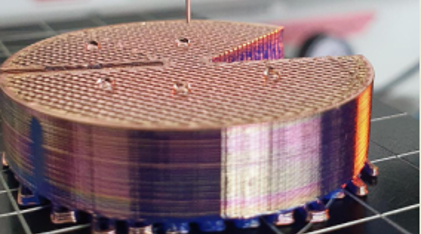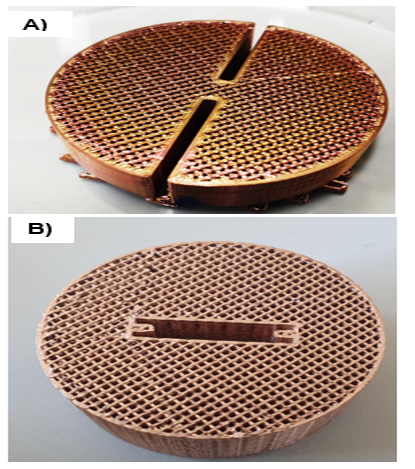Both clean air and clean water are of fundamental importance for the health and quality of life of humans and animals. Unfortunately, air and water are often polluted with various substances, some of which pose a risk to our health and/or the environment and must be removed. When these pollutants are particles, filters are generally used for their removal. However, filters cause flow resistance and thus necessitate greater pump power for material flows – in this case air or water.
In the joint project “Bionic Filters (BiFi),” which is funded by the Carl Zeiss Foundation (Carl-Zeiss-Stiftung), scientists from the Heilbronn University of Applied Sciences (HHN) and Fraunhofer IGB are working together to develop filters that are characterized by high filtration efficiency and minimum flow resistance. To that end, the researchers are using flow simulations, additive manufacturing and coating technologies to create new filters. Fraunhofer IGB has been entrusted with the development of the coatings. The purpose of these is to ensure that aerosols, pollen and particulate matter cannot permanently attach to the air filters and can instead be removed mechanically or using a brief counterflow. Other anti-adhesive coatings will be designed as part of the project, which will be of interest for not only air purification but also the removal of microplastics from water.
Oil- and water-repellent coatings
The project partners at the Heilbronn University of Applied Sciences computed the initial range of filter structures and produced these using additive manufacturing. These printed filters were then coated at Fraunhofer IGB to optimize the surface properties. The figure shows an example of an air filter equipped with a very thin metallic coating (antistatic, approx. 30 nm). An additional coating of just a few nanometers in thickness was then applied using plasma polymerization. This coating has oil- and water-repellent properties and protects against corrosion at the same time.
Outlook
Optimized filters offer enormous potential for many different separation tasks: Beyond the aforementioned task of removing particles from gas and water flows, the separation of different liquid phases, e.g. like in diesel fuel filters, is also an aim of the project. This filter optimization will ideally improve filtration efficiency and, at the same time, save energy as the pressure drop across the filter should be significantly lower than before. The project’s filter development, which will initially focus on the above-mentioned main applications, will act as the starting point for individual further developments.

 Fraunhofer Institute for Interfacial Engineering and Biotechnology IGB
Fraunhofer Institute for Interfacial Engineering and Biotechnology IGB